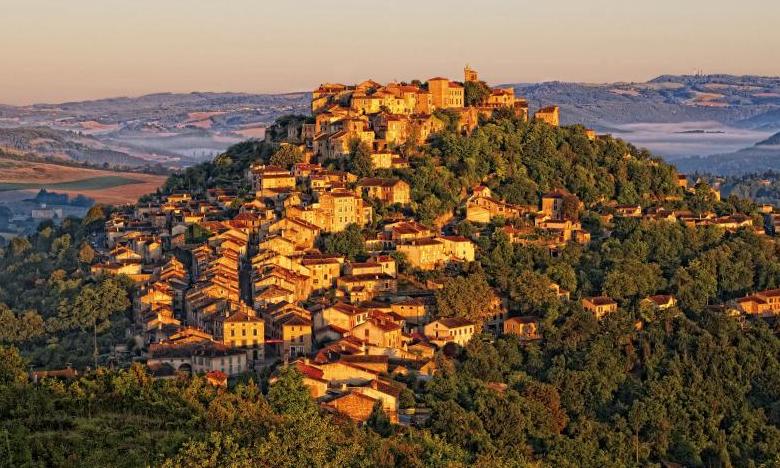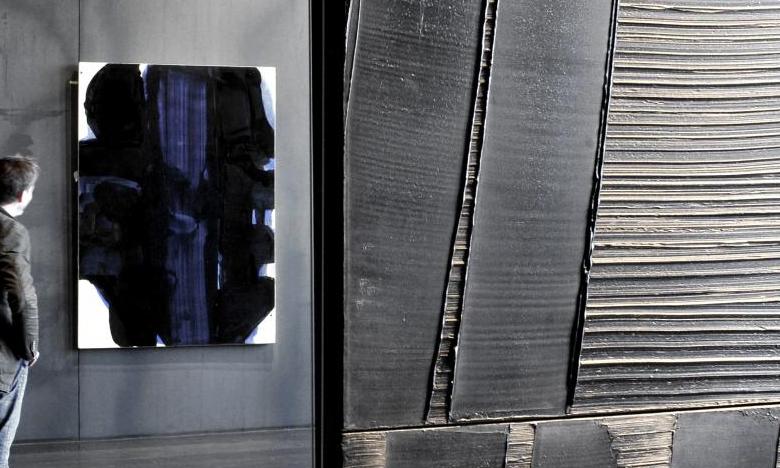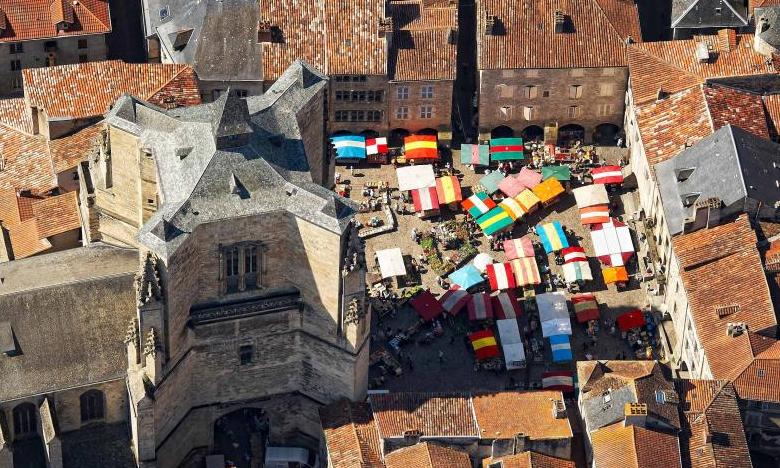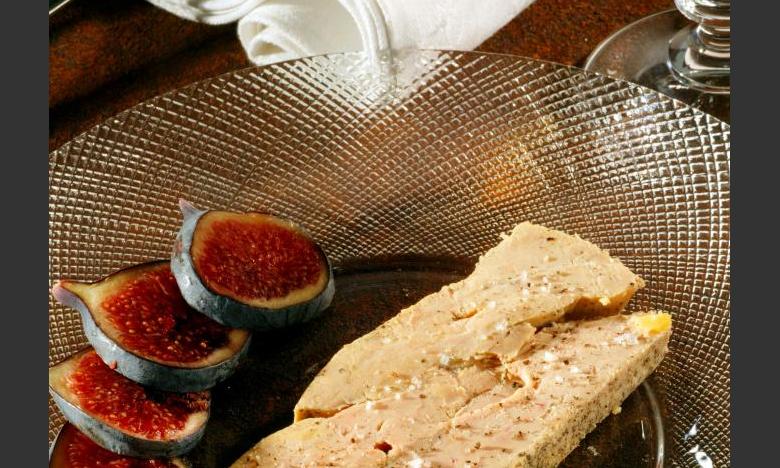AN EPICUREAN PARADISE Visitors to the Midi-Pyrénées have the unique opportunity to savor some of the most unique gastronomy in all of France while also soaking up the rich arts and culture scene of the region. • Wine A veritable gastronomic destination, the Midi-Pyrénées, also known as the Southwest, boasts some of the most delectable wines in the world. The Southwest is a verdant, hilly wine region home to more than two dozen winemaking appellations featuring some of the world’s greatest grape varieties as well as other varietals that are grown nowhere else in the world. From the Malbec wines grown in the sun-drenched Cahors region to the Gaillac appellation, one of the oldest wine-growing areas in France, to the Madiran wines known for their inky color and tannic density, the wines of Southwest France offer a wide array of flavors and are a true treasure trove for the dedicated oenophile. The region is also rich in spirits, most notably the distinctive brandy Armagnac, produced in Gascony. Tourists can explore the “Route de l’Armagnac which winds through the vineyards and experience the different tastes and sensations of this brandy, known for its unique finesse and roundness. • Food Complementing the diverse wine offerings, the Midi- Pyrénées is also renowned for its fine cuisine. Home of the black truffle, a distinctive symbol of the Midi-Pyrénées gastronomy and a highlight of “French Haute Cuisine,” it is found exclusively in the Lot department in the region around the village of Lalbenque. The Midi- Pyrénées is also the capital of the iconic French specialty, foie gras. With subtle flavors of hazelnut and a creamy texture, this delicacy can be bought directly from the producer or at the marchés au gras, the special winter foie gras markets that are peppered throughout many small towns in the Gers department. Michelin-starred Chefs: The region’s celebrated culinary tradition has engendered a considerable number of Michelin-starred chefs, including Michel Bras with three stars, Michel Sarran, Yannick Delpech and Bernard Bach with two stars. It is in Midi-Pyrénées, in the village of Saint-Antonin Noble Val, that the film « The Hundred-Foot Journey), produced by Steven Spielberg and Oprah Winfrey, was shot. CULTURE • Musée Soulages: opened in the Musée Soulages in the town of Rodez, is dedicated to the work of acclaimed painter and Rodez native, Pierre Soulages. Widely considered one of the great abstract artists, Pierre Soulages was greatly inspired by the prehistoric and Romanesque art of his region and has since been exhibited in over 90 museums throughout the world. The museum will receive nearly 500 works donated by Pierre and Colette Soulages to Rodez, which will be the world’s biggest collection, estimated to be worth close to 40 million euros. For more information about the Musée Soulages, please consult the complete press release. • Toulouse Lautrec Museum: the museum shows more than 1 000 paintings, drawings, litographes and posters from the painter Toulouse Lautrec. It is located in the Berbie’s Palace that is part of the episcopal city of Albi, classified as UNESCO. An authentic fortress, the palace is also classified as a historical monument. • Musée Ingres : Ancient Episcopal Palace from the 17th century, located in Montauban, shows especially two collections of the artists from Montauban, the painter Jean-Auguste-Dominique Ingres and the sculptor Antoine Bourdelle. • Musée Dom Robert : The Modern Aubusson Tapestry Museum is located at the Sorèze Abbey School which dates from the 18th century. It is one hour from Toulouse, a Great Tourist Site in Midi-Pyrénées. Having opened in spring 2015, this museum shows works of the artist Dom Robert (1907-1997), a Benedictine monk living in the Abbaye d’En Calcat. He is celebrated for having helped revive the Aubusson Tapestry Manufacture. Read more FESTIVE The Midi-Pyrénées also abounds with celebrations and performances, with more than 180 festivals and events taking place throughout the year. • The small and quaint Gascon town of Marciac is transformed into a jazz capital every summer, august’s two first weeks, with its legendary festival, Jazz in Marciac, which has welcomed international jazz icons, including: Keith Jarret, Dee Dee Bridgewater, Diana Reeves and, of course, Wynton Marsalis, the festival’s annual keynote star and festival patron. The concerts go through all the year inside the Astrade, the magnificent spectacle hall inaugurated in 2011. • The Piano aux Jacobins, held in the region’s capital city Toulouse during the month of September, is the first festival in France entirely dedicated to piano performances. • The Medieval Festival of the Grand Falconer takes place in the beautiful perched village of Cordes-sur-Ciel every year in July and offers an faithful recreation of medieval life in the Midi-Pyrénées, with fire-eaters, jugglers, falconers, troubadours, musicians, knights and villagers all garbed in medieval attire. ADVENTUROUS The natural world comes alive in the Midi-Pyrénées with vast areas of untouched countryside and rugged mountains in its national parks. Cyclists come from all corners of the earth to follow the route of the Tour de France in the Pyrenees and climb the famed Col du Tourmalet, known as one of the marquee mountains in the tour. The Canal du Midi, a UNESCO World Heritage Site that runs from Bordeaux and the Atlantic coast to the Mediterranean sea, is ideal for bicycling enthusiasts looking for a relaxing ride and discover this 150 mile engineering masterpiece. SPIRITUAL The Midi- Pyrénées’ renowned cuisine provides food for the body but the region’s holy sites provide much-needed food for the soul. Travelers can embark on a spiritual retreat in the region at the sacred French grotto of Lourdes, a world famous pilgrimage site. Every year, the cosmopolitan and convivial town receives six million travelers from 140 countries from every continent. The Le Puy route, the Arles route and the Pyrenean Foothills route, three of France's main walking routes to Santiago de Compostela, converge in Midi-Pyrénées, from where they go on to cross the Pyrenees into Spain. They are classified as a European Cultural Route by the Council of Europe. For pilgrims from all over Western Europe and the Mediterranean basin, Midi-Pyrénées was the natural and inevitable way through to Spain. Today, thousands of people from all backgrounds still pass through Midi-Pyrénées following one of the St James's Way walking routes. RELAXATION The perfect destination to unwind, relax and rejuvenate, the Midi-Pyrénées is home to several innovative spas and hotels. Visitors can discover the soothing power of pastel cosmetics at The Terre de Pastel spa, the first center in the world dedicated to face and body care based on the most pioneering application of pastel cosmetics. The region also offers a wide variety of hotels and accommodations including: the contemporary design hotel Château-Hôtel de Salettes in the Gaillac vineyards; the historical Hôtel du Grand Balcon in Toulouse where aviator and author of the LIttle Prince, Antoine Saint-Exupéry frequented; the Château de La Treyne in the Dordogne valley; and the Château de Beauregard hidden in the Pyrenees mountains with a fireside luxury spa. A barge or self-drive cruise along the river Lot or the Canal du Midi is the perfect way to complete a vacation in the region, where travelers can feel renewed and see the best of the region by water.





